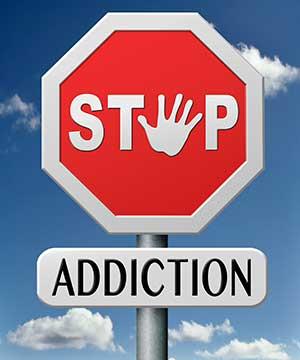Recommendations from the U.S. Substance Abuse and Mental Health Services Administration (SAMHSA)
Opioid overdose is a major public health problem, accounting for almost 17,000 deaths a year in the United States. Overdose affects both men and women of all ages, ethnicities, and demographic and economic characteristics. Overdose can occur with illicit drugs, such as heroin, or prescription pain medications, such as oxycodone, hydrocodone and fentanyl.
STRATEGY 1: Encourage providers, persons at high risk, family members and others to learn how to prevent and manage opioid overdose.
Physicians and other health care providers can make a major contribution toward reducing the toll of opioid overdose through the care they take in prescribing opioid analgesics and monitoring patients’ response, as well as their acuity identifying and effectively addressing opioid overdose. For the SAMHSA toolkit for prescribers, go to SAMHSA’s Opioid Overdose Toolkit, Information for Prescribers.
Providers should also be encouraged to keep their knowledge current about evidence-based practices for the use of opioid analgesics to manage pain. Federally-funded Continuing Medical Education courses are available to providers at no charge at www.OpioidPrescribing.com (six courses funded by SAMHSA) and on MedScape (two courses funded by the National Institute on Drug Abuse).
Helpful information for family members and other laypersons on how to prevent and manage overdose is available from Project Lazarus at projectlazarus.org/ or from the Massachusetts Health Promotion Clearinghouse.
STRATEGY 2: Ensure access to treatment for individuals who are misusing or addicted to opioids or who have other substance use disorders.
Effective treatment of substance use disorders can reduce the risk of overdose and help overdose survivors attain a healthier life. Medication-assisted treatment, as well as counseling and other supportive services, can be obtained at SAMHSA-certified and DEA-registered opioid treatment programs, as well as from physicians who are trained to provide care in office-based settings with medications such as buprenorphine and naltrexone.
In addition to treatment resources on this website and at AAHealth.org/Denial-is-Deadly, information can be obtained from your state health department, StopOverdose.maryland.gov, state alcohol and drug agency, or from SAMHSA.
STRATEGY 3: Ensure ready access to naloxone.
Opioid overdose-related deaths can be prevented when naloxone is administered in a timely manner. As a narcotic antagonist, naloxone displaces opiates from receptor sites in the brain and reverses respiratory depression that usually is the cause of overdose deaths. During the period of time when an overdose can become fatal, respiratory depression can be reversed by giving the individual naloxone.
On the other hand, naloxone is not effective in treating overdoses of benzodiazepines (such as Valium, Xanax, or Klonopin), barbiturates (Seconal or Fiorinal), clonidine, Elavil, GHB, or ketamine. It also is not effective in overdoses with stimulants, such as cocaine and amphetamines (including methamphetamine and Ecstasy). However, if opioids are taken in combination with other sedatives or stimulants, naloxone may be helpful.
Naloxone injection has been approved by FDA and used for more than 40 years by emergency medical services personnel to reverse opioid overdose and resuscitate persons who otherwise might have died without treatment.
Visit the opioid overdose response training page for more information on free naloxone training and prevention kits.

